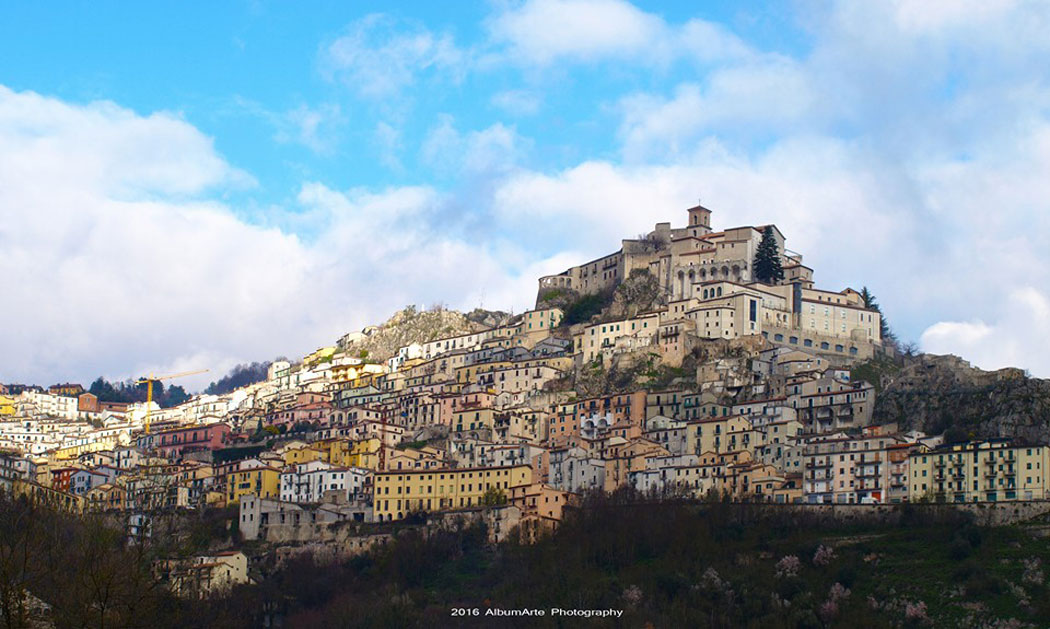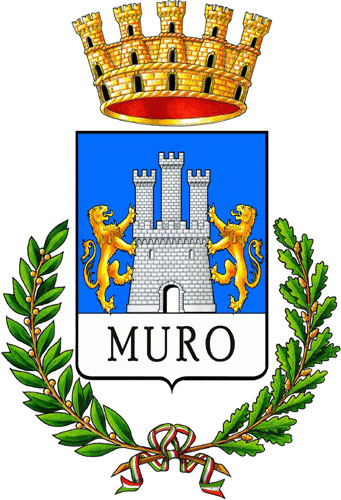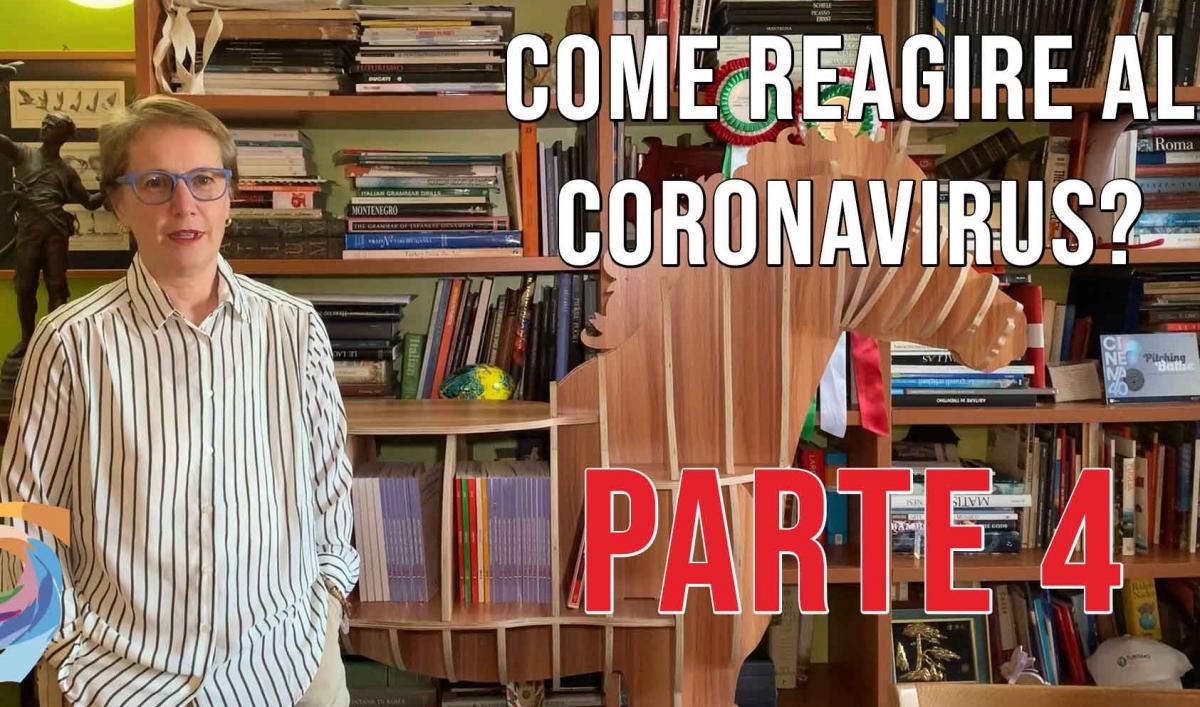

The inhabited centre climbs up one side of the mountain at about 600 meters high while the castle dominates the historic centre and olive groves, vineyards and woods surround it and the lake downstream.
Its history began long before the Romans, as evidenced by the Cyclopean walls, and then Muro Lucano had a very important moment in the history of republican Rome. In the Roman period, the centre was located downstream near the communication routes and was called Numistro or Numistrone. Precisely in this area in 210 BC the Romans led by the consul Marco Claudio Marcello defeated the Carthaginians led by Annibale in a famous battle of the second Punic war.
The whole history of this period is well documented in the National Archaeological Museum of north-western Lucania in Muro Lucano.
After the end of the Roman Empire and the arrival of the barbarians, the inhabitants first took refuge in built up area next to the monastic centre that retain the name of saints (such as San Giuliano, Santa Barbara, San Luca, San Marciano, San Paolo, San Biagio, San Pietro a Piagaro, San Quirico) and then in a fortress that would later become the current castle built on the highest point in the area.
The castle was born in the Middle Ages, in the ninth century, with the Lombards of the Duchy of Benevento, who built the first tower (to the left of the castle entrance) and gave it as a fief to some families from northern Europe such as those of Pietro de Ugot and Ottone de Tucziaco.
The castle was built to protect the lords and the population from the raids of the Saracens who completely destroyed the city of Numistro with their 9th century invasions.
The church of San Nicola was built next to the castle since 1009, was consecrated in 1169 and today has become a cathedral. The dedication to San Nicola recognizes an influence of the Basilian monks who at the turn of the second millennia were forced to leave Byzantium and sought refuge in these areas of Southern Italy.
Since 1150, Muro Lucano has been the bishop's seat and the Bishop's Palace still embellishes the historic centre.
The original name of the city was that of 'Pianello' and only afterwards it took the name of Muro probably to indicate the houses built near the defensive wall erected to defend the initial centre of Pianello.
The castle then became 'royal' in the period of Frederick II of Swabia and was enlarged by the Angevins, a dynasty of French origin who arrived in southern Italy in the late thirteenth century.
The castle was chosen as a summer residence by the queen of Naples Giovanna I d'Angiò and is remembered for her imprisonment and death at the hands of her cousin Carlo di Durazzo.
Giovanna had had a very adventurous life divided between Calabria, Naples and the south of France, had four husbands and upon the death of her only son she named her heir the cousin Carlo di Durazzo. The two, however, found themselves on different sides towards the church: Giovanna supported the antipope Clement VII and Charles supported Pope Urban VI.
Charles who became king of Naples with the title of Charles III won and had the queen Giovanna locked up and then killed.
At the end of the Angevin dynasty, the castle passed to the Aragonese who gave it as a fief to the Ferrillo and then to the Orsini di Gravina who kept it until 1806 when feudalism was abolished.
The current shape of the castle comes mainly from a restructuring after the earthquake of 1694 which attenuated its defensive character and made it more elegant. After the last earthquake in 1980, the structures were then consolidated.
In this town in 1726 San Gerardo Maiella was born, the patron saint of Muro and Basilicata, celebrated on 2 September.
After the unification of Italy, in these areas there have been several episodes of brigandage and opposition to the Savoy dominion such as that of the 'Generalissimo' Carmine Crosso and Josè Bories, of the Bourbon army, based in Muro Lucano.
Among the special attractions one must not miss a visit to the old dam which is now part of industrial archaeology.
While among the natural beauties the Path of the Ripe, which winds along a ravine between limestone walls, must certainly be followed, see the karst caves of the Vucculi, among the largest in Basilicata, and go trekking on Mount Paritiello up to 1145 meters high.
For your tastebuds, sample the famous truffles and Lucanian cuisine.








Follow us